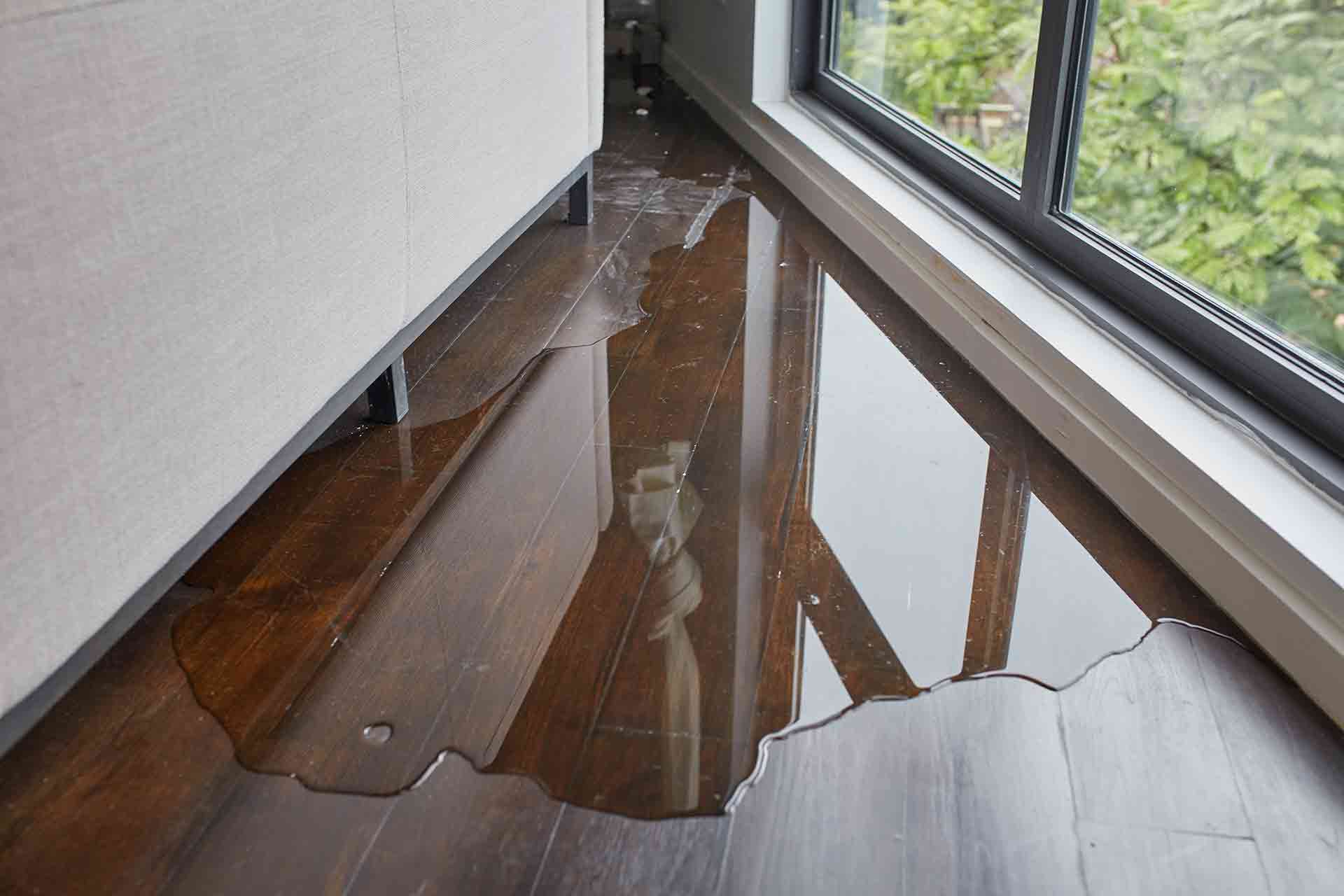What're your concepts on Common Causes of Water Damage in a Bathroom?

The restroom is incredibly susceptible for damp build-up and also possible water damage due to the frequent use of water in it. This post uses straightforward inspection techniques to help spotting water damage dangers.
The regular use water in the washroom makes it exceptionally at risk for wet buildup and also possible water damages. By evaluating it regularly, you can reduce water relevant problems.
The complying with set of evaluations is easy to perform and also need to be done when in every three months in order to keep your bathroom healthy as well as to prevent potential water problems triggered by the tub, the shower, pipe joints and also plumbing, sinks, closets, as well as the toilet
Do not neglect executing these assessments as well as be extensive while performing them. Keep in mind that these straightforward assessments can save you a great deal of cash by offering early signs for water damage
Bathtub and also Shower
The shower as well as bathtub call for special attention and also maintenance. Examine the ceramic tiles and change if split. Make sure that there is no missing out on grout between the ceramic tiles. Examine and also change cracked caulking at joints where the wall surfaces meet the flooring or the tub. Clogged drains pipes and pipelines problems will certainly avoid the bath tub from drying and also might suggest major troubles below the bath tub. Speak with a specialist right away to prevent architectural damages. Focus on discolorations or soft areas around the bath tub walls as they might indicate an inner leak.
Plumbing
Signs for water damages are tough to discover given that many pipelines are installed inside the wall surfaces.
Pay special interest to floor covering and wall surfaces dampness as well as discolorations as they may suggest an unseen plumbing problem. Inspect dampness levels in adjacent areas as well.
Sinks as well as Cabinets
Sinks and also cupboards are revealed to moisture and moisture day-to-day and are commonly forgotten. Inspect frequently under the sink as well as on the kitchen counter above it. Repair any kind of drip in the catch as it may suggest drainpipe troubles. Look around the sink, sluggish draining pipelines might show an obstructed drain. Replace sink seals if they are broken or loosened.
The Commode
The toilet is a susceptible water joint. Examine the water lines and search for leakages around the commode seat, in the tube, and under the water tank. If you discover any kind of indicators of moisture on the floor around the toilet, check for leaks in the toilet edge as well as container seals.
Realize that hanging toilet bowl deodorants enhances the possibilities for blockages.
TIPS TO PREVENT WATER DAMAGE IN THE BATHROOM
The average household uses approximately 80-100 gallons of water per person per day. For a family of 4, that's almost 2,500 gallons of water a week! The largest portion of this consumption comes from bathroom use. Flushing the toilet uses the most water, followed by taking a shower or bath. With that much water running through the home, water damage in the bathroom is bound to happen. Knowing how to spot signs of a water leak is essential to preventing long-term damage. This guide provides you with tips to reduce the impact of water damage on your bathroom.
CAUSES OF BATHROOM WATER DAMAGE
Pipe breaks are the most common cause of water damage we see in our daily jobs. The age of a pipe plays a large role in a pipe break as well as corrosion. Over time, the metal begins to break down, allowing water to escape. Frozen pipe breaks are also a concern in the winter months. Toilet overflows caused by paper products or children flushing inappropriate items. Degraded caulking around the toilet or bathtub can allow water seepage, sometimes behind the fixture, into the subfloor or walls. Condensation forms when the water in a pipe is cooler than the air temperature. Beads of water form on the exterior of the pipes, sometimes so much so that the water begins to drip and pool below. Sink or shower backups created by poor drainage. HOW TO PREVENT WATER DAMAGE IN YOUR BATHROOM
Inspect your toilet supply line for worn or frayed hoses and replace them as needed. Winterize your plumbing to prevent a frozen pipe break. Use vent fans to prevent condensation that can lead to mold growth. Routinely check and replace degraded caulking around your toilet or bathtub. Increase the temperature in your toilet tank and insulate your pipes during the warm summer months to keep condensation from forming. Use child safety locks on the toilets. Flush only toilet paper. "Flushable" wet wipes are actually not good for your plumbing system. Additionally, feminine hygiene products should not be flushed. Prevent water from escaping the tub or shower. Make sure shower curtains are in good condition. Inspect shower doors and replace the seal strip if necessary. Wipe up any water that accumulates on the floor and use bath mats. Water left to sit can cause damage to the tiles and flooring. Refrain from using bath products containing heavy oils to avoid a clogged drain.

Do you enjoy reading about Looking for Signs of Water Damage in the Bathroom? Try to leave a remark below. We'd be pleased to hear your thoughts about this blog posting. We are looking forward to see you back again later on. Are you aware of another person who is truly interested in the subject? Why not share it. We thank you for reading our article about Preventing Water Damage in the Bathroom.
Visit Link